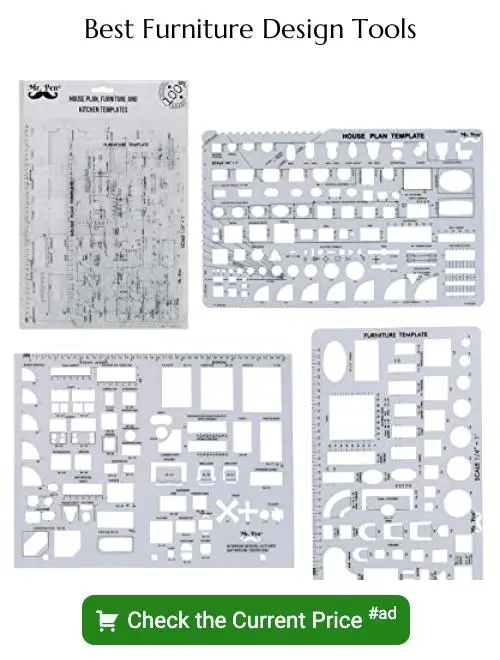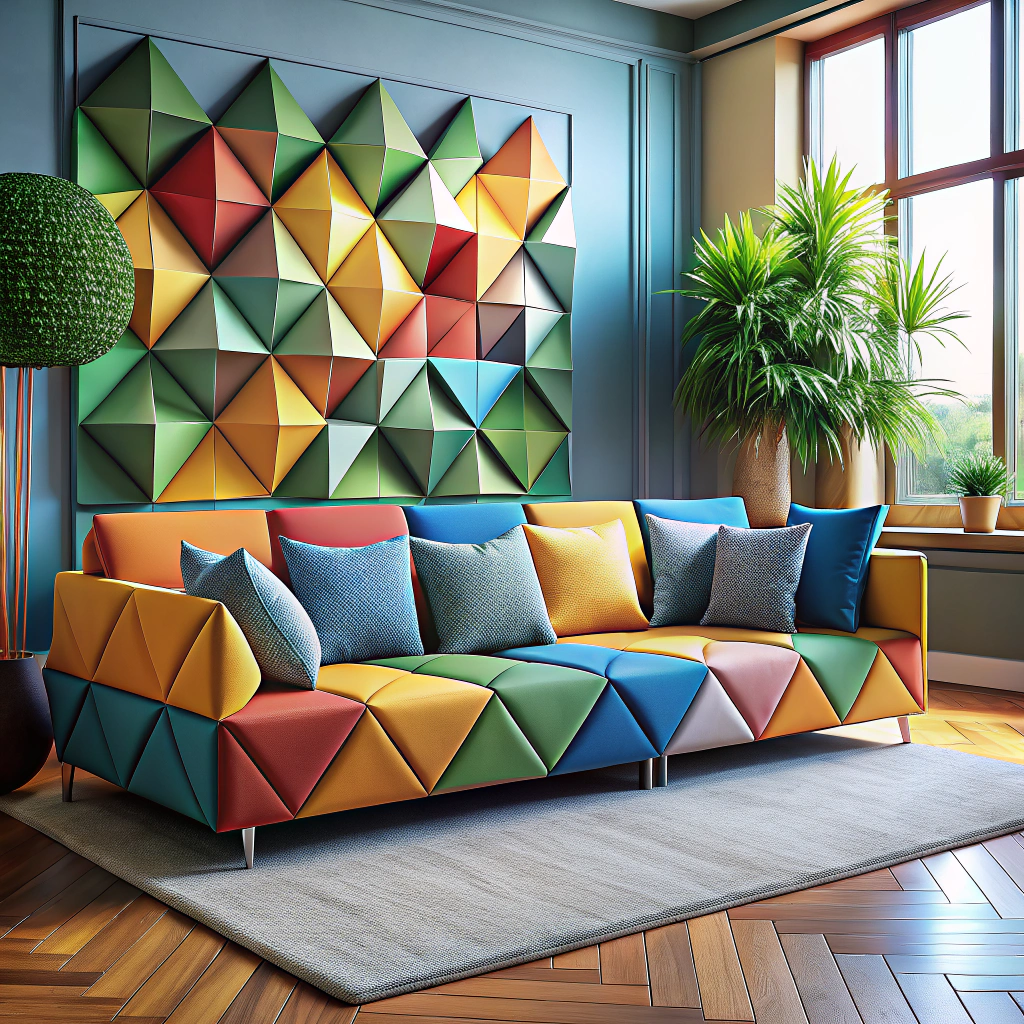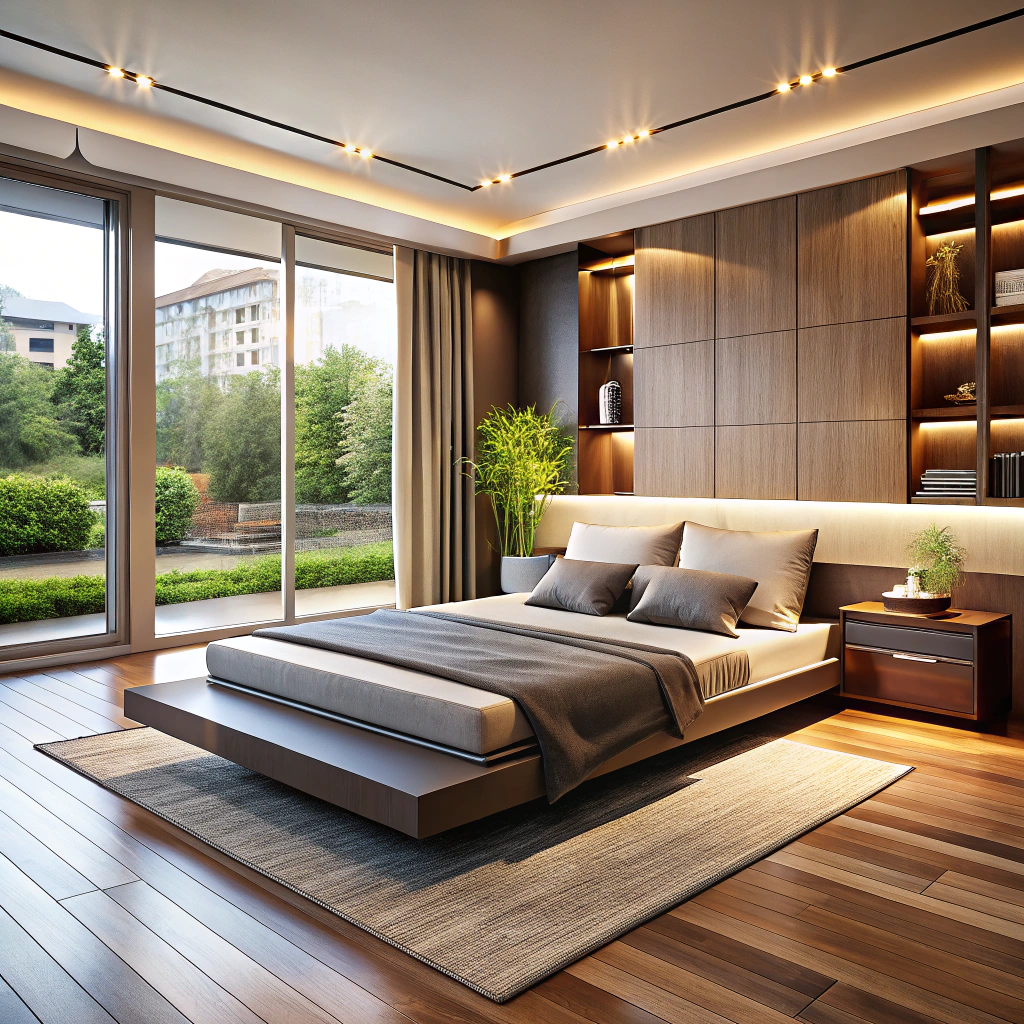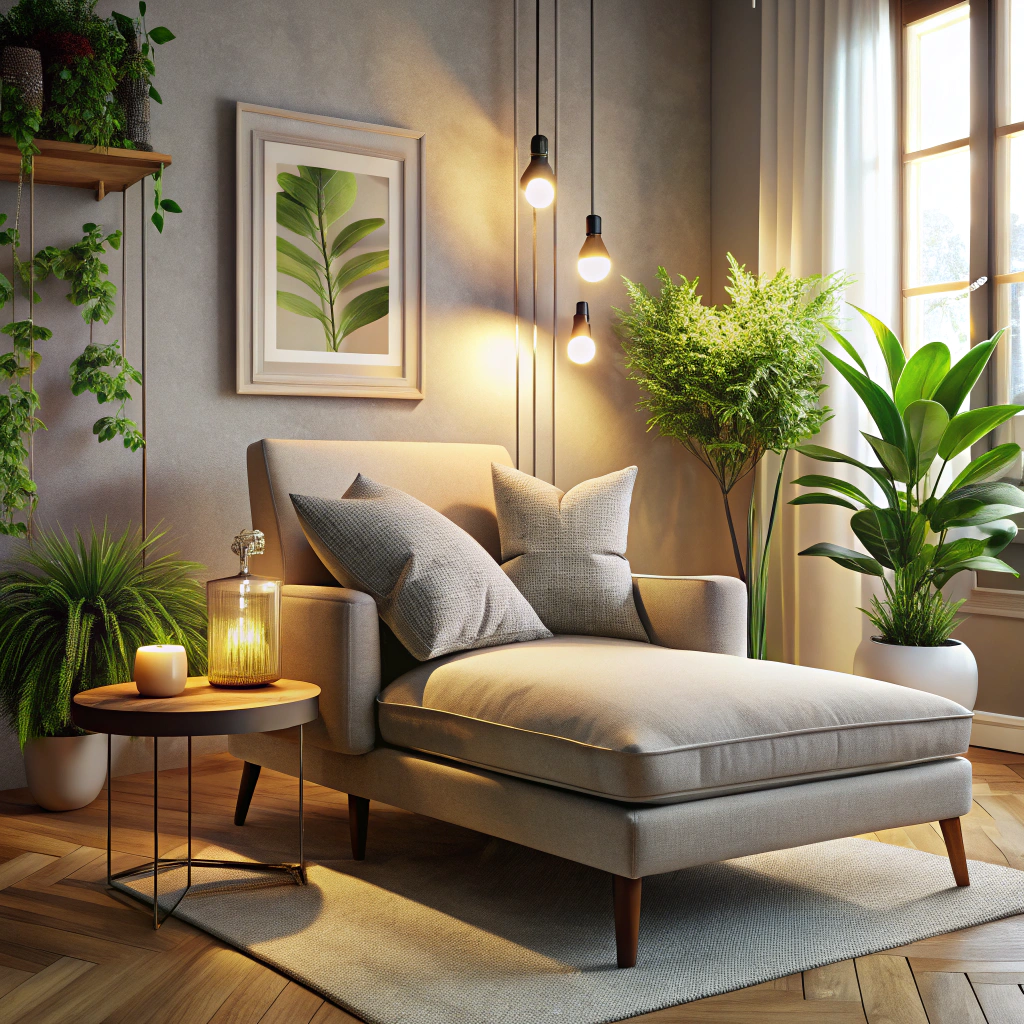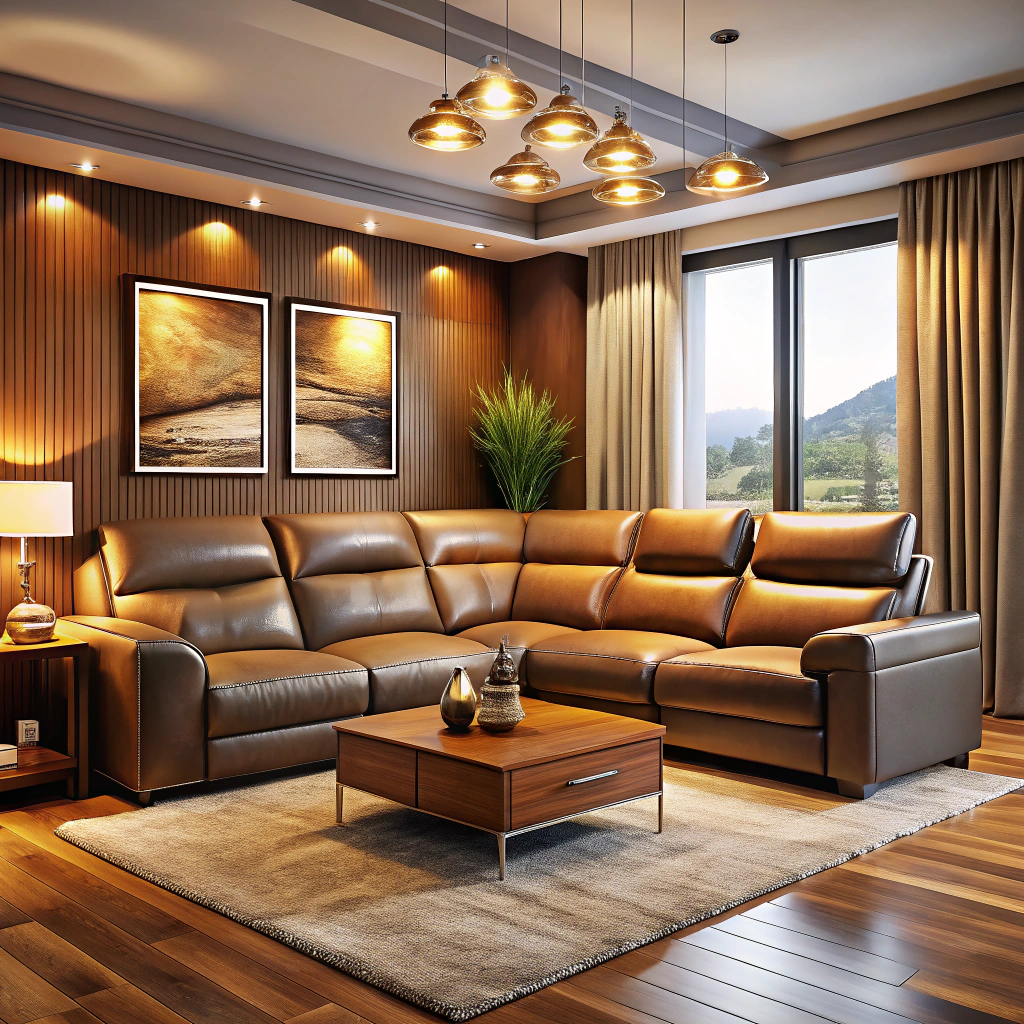Last updated on
Discover the art of designing and producing furniture. Delve into materials, techniques, and trends that elevate your creations to a whole new level.
Welcome, dear readers! Whether you’re a seasoned DIYer or just starting out, designing and producing your own furniture can be a rewarding experience. Not only do you get to create something unique and personalized for your home, but you also get to flex your creative muscles and learn new skills along the way.
However, with so many design options and production techniques available, it can be overwhelming to know where to start. That’s why we’ve put together this comprehensive guide on how to design and produce furniture that is both functional and stylish.
From selecting the right materials to mastering woodworking techniques, we’ll walk you through every step of the process so that you can create beautiful pieces that will last for years to come. So grab your tools and let’s get started!
Key takeaways:
- Design furniture with functionality, proportionality, and durability in mind.
- Choose materials like wood, metal, plastic, and upholstery wisely.
- Sketch and plan your design, considering both aesthetics and functionality.
- Prioritize ergonomics and functionality for comfortable and purposeful furniture.
- Utilize appropriate production techniques and perform quality control inspections.
Table of Contents
Furniture Design Basics

When it comes to designing furniture, there are a few basic principles that every designer should keep in mind. First and foremost, functionality is key.
Your piece of furniture should serve its intended purpose while also being comfortable and aesthetically pleasing. You’ll want to consider the overall style of your home when selecting design elements such as color schemes and materials.
Another important factor in furniture design is proportionality. The size of your piece should be appropriate for the space it will occupy – too large or too small can throw off the balance of a room.
Don’t forget about durability! Furniture that falls apart after just a few uses isn’t worth investing time or money into creating. Consider using high-quality materials and construction techniques to ensure that your pieces stand up over time.
Material Selection

Not only do you want your pieces to look beautiful, but they also need to be durable and functional. There are a variety of materials available for furniture production, each with its own unique properties and benefits.
Wood is one of the most popular choices for furniture due to its natural beauty and versatility. Hardwoods like oak or maple are strong enough for structural components while softwoods like pine can be used in decorative elements such as trim or molding.
Metal is another material that has gained popularity in recent years due to its sleek appearance and durability. Steel tubing can create modern designs while wrought iron adds an elegant touch.
Plastic may not seem like an obvious choice at first glance but it’s lightweight nature makes it perfect for outdoor use where weather resistance is important.
Leather upholstery provides a luxurious feel while fabric options offer endless possibilities when it comes to color schemes.
Sketching & Planning
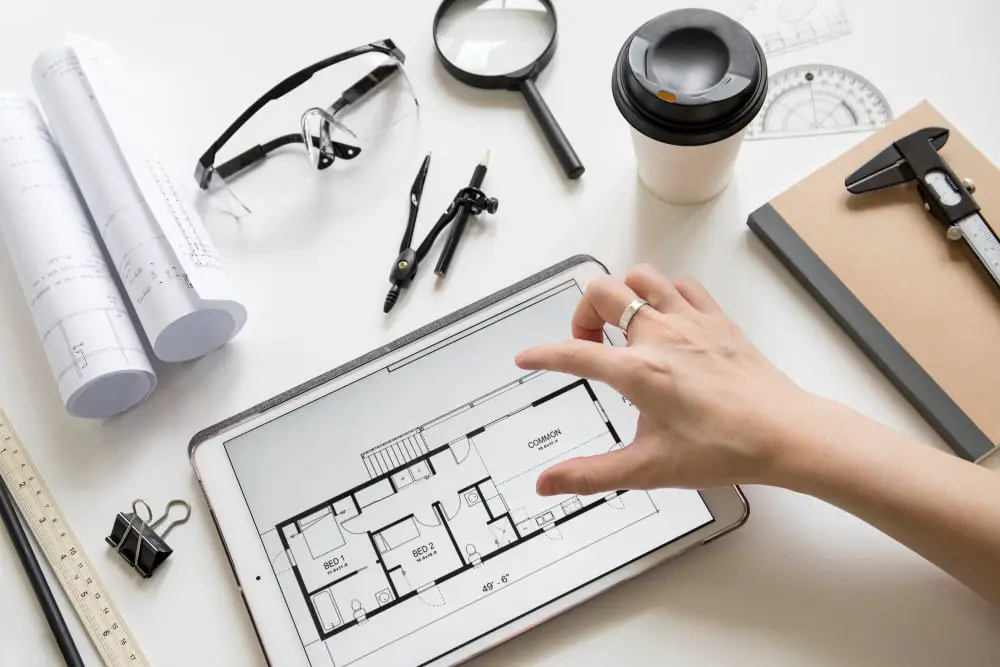
This step is crucial in ensuring that your final product meets your expectations both aesthetically and functionally. Sketching allows you to visualize different design options before committing to one, while planning helps ensure that all necessary measurements are taken into account.
When sketching, it’s important not only to consider the overall look of the piece but also its functionality. Will this chair be comfortable for extended periods? Does this table provide enough surface area for its intended use? These are just some questions that should guide your design process.
Once a rough sketch has been created, take accurate measurements so that when production begins there will be no surprises or mistakes made along the way. Planning out each step in detail can help streamline production and prevent costly errors from occurring.
Ergonomics & Functionality

After all, what good is a beautiful chair if it’s uncomfortable to sit in? When thinking about ergonomics, you want to ensure that your furniture is designed with human comfort in mind. This means taking into account factors such as posture support, seat height and depth, armrests placement among others.
Functionality refers to how well a piece of furniture serves its intended purpose. For example; A coffee table should be at an appropriate height for people sitting on a couch or chairs around it so they can comfortably place their drinks or snacks without having to reach too far.
Production Techniques
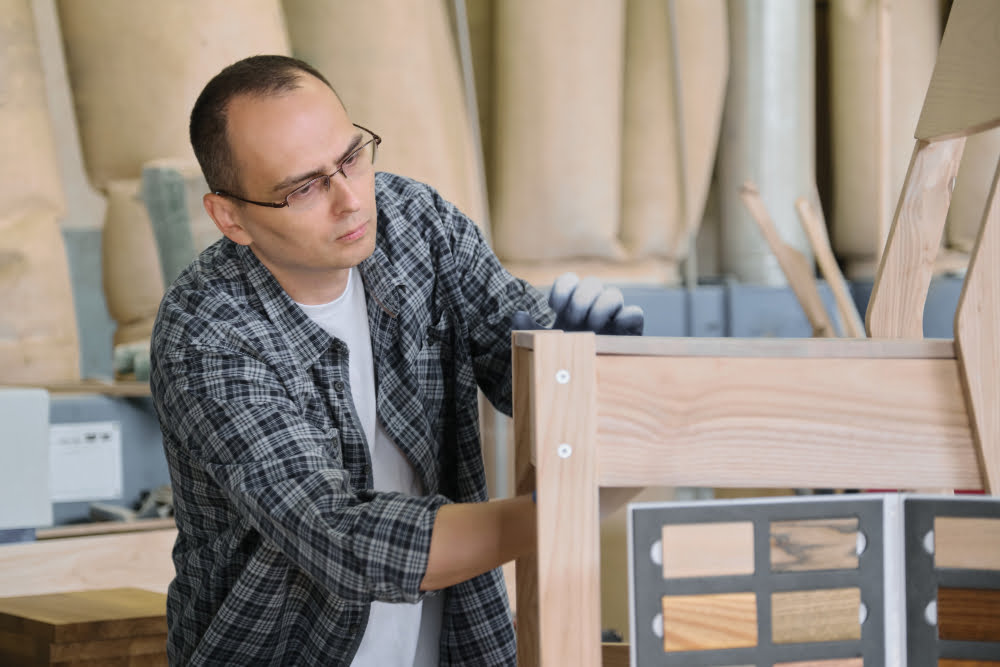
This is where you’ll bring your vision to life using a variety of techniques that will depend on the type of furniture you’re creating. For example, if you’re making a wooden chair or table, woodworking techniques such as cutting, sanding and joining will be essential skills for achieving clean lines and sturdy construction.
Other production techniques may include welding for metal frames or carving for intricate details. It’s important to choose the right tools and equipment based on your project needs so that each step of the process is executed with precision.
One key aspect of successful furniture production is taking measurements accurately throughout every stage – from initial planning through final assembly – ensuring all pieces fit together seamlessly at completion.
Finishing & Upholstery
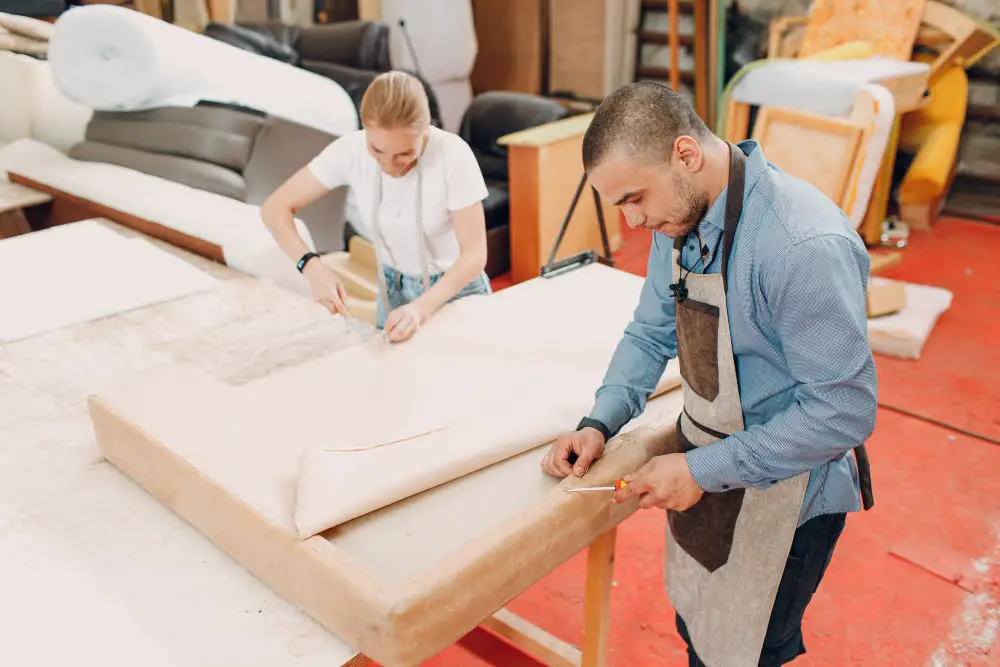
Finishing and upholstery are essential aspects of furniture design that can elevate a piece from ordinary to extraordinary. The right finish can protect your woodwork from wear and tear while enhancing its natural beauty, while upholstery adds comfort and style.
When choosing a finish for your furniture, consider factors such as durability, ease of application, color options available in the market or custom-made colors if you’re looking for something unique. Some popular finishes include varnish or lacquer which provide excellent protection against scratches but may require more maintenance than oil-based finishes like tung oil.
Upholstery is another important aspect when designing chairs or sofas since they need to be comfortable enough for extended use. Consider factors such as fabric type (e.g., cotton vs leather), cushion density (soft vs firm), and overall aesthetics when selecting an upholstery material.
Quality Control
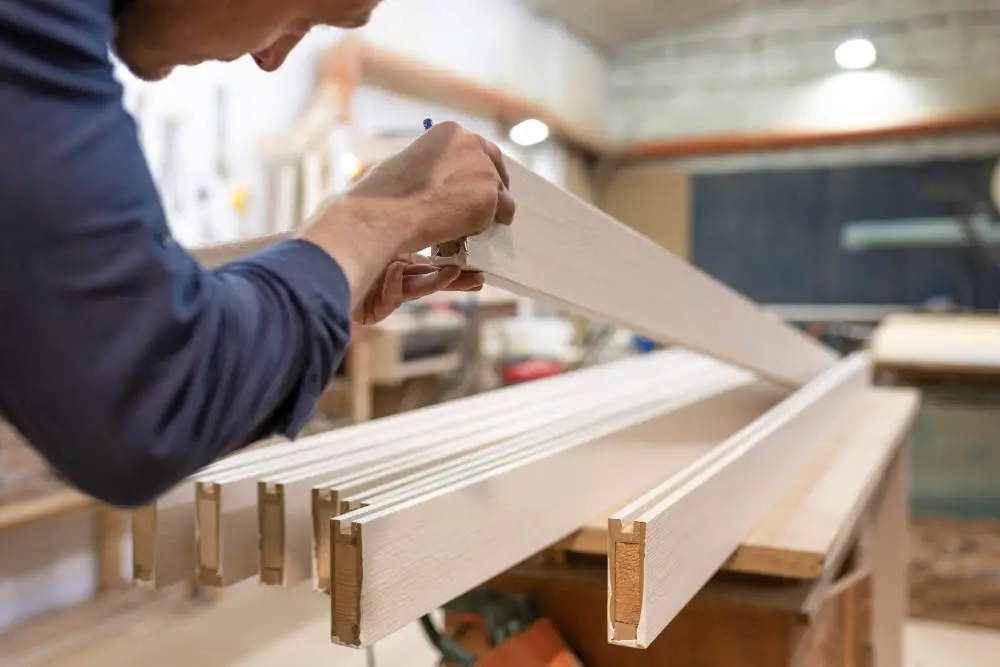
Quality control is an essential step in the process as it helps to identify any defects or issues before they become bigger problems down the line. This can include checking for proper alignment and stability, ensuring that all joints are secure and well-fitted, and inspecting finishes for any imperfections or inconsistencies.
One way to perform quality control is by conducting a thorough inspection of each piece before delivery or installation. This can involve using specialized tools such as moisture meters or digital calipers to measure dimensions accurately.
Another approach is by testing your furniture under different conditions such as weight-bearing capacity tests, durability tests against wear-and-tear over time, etc., which will help you determine if there are any weaknesses in its construction.
By implementing these measures into your production process regularly ensures that every piece leaving your workshop meets high-quality standards while also building trust with customers who know they’re getting a product worth their investment.
